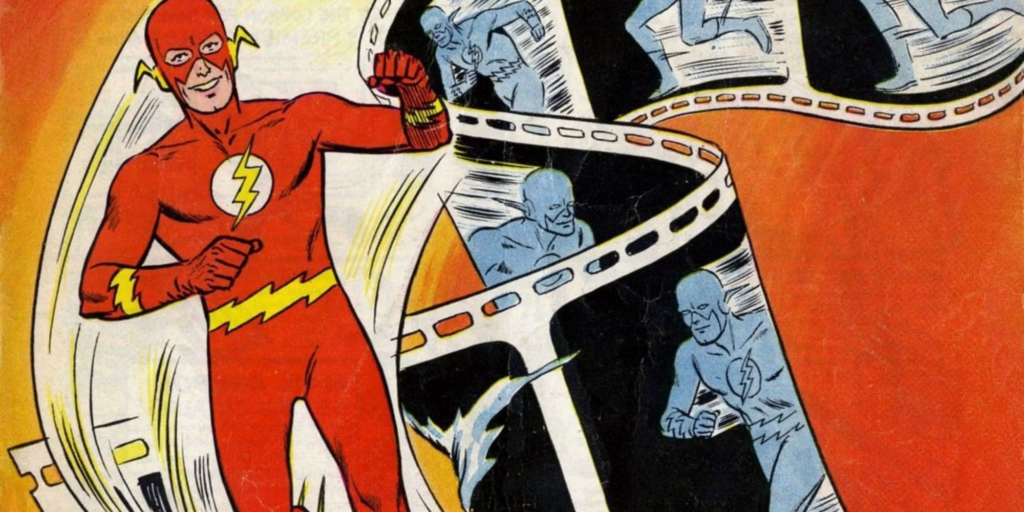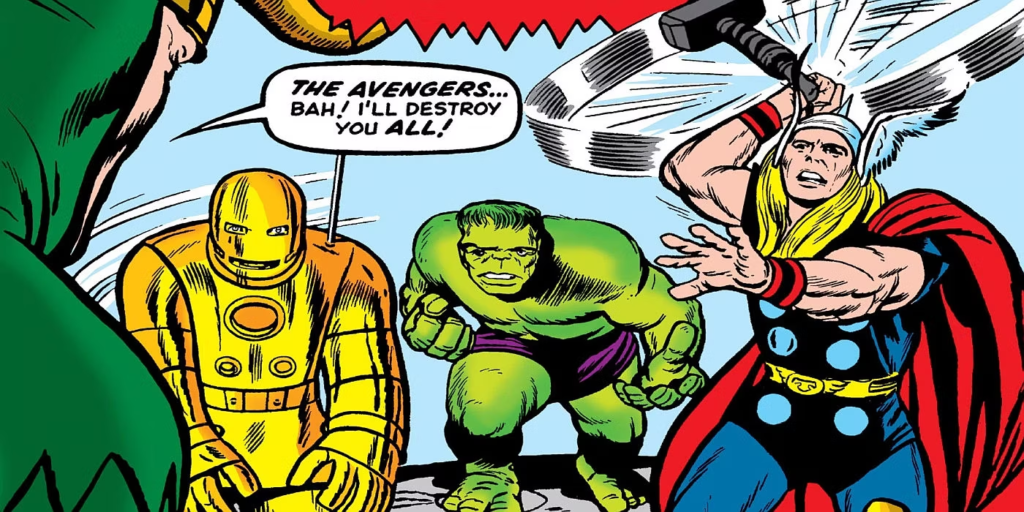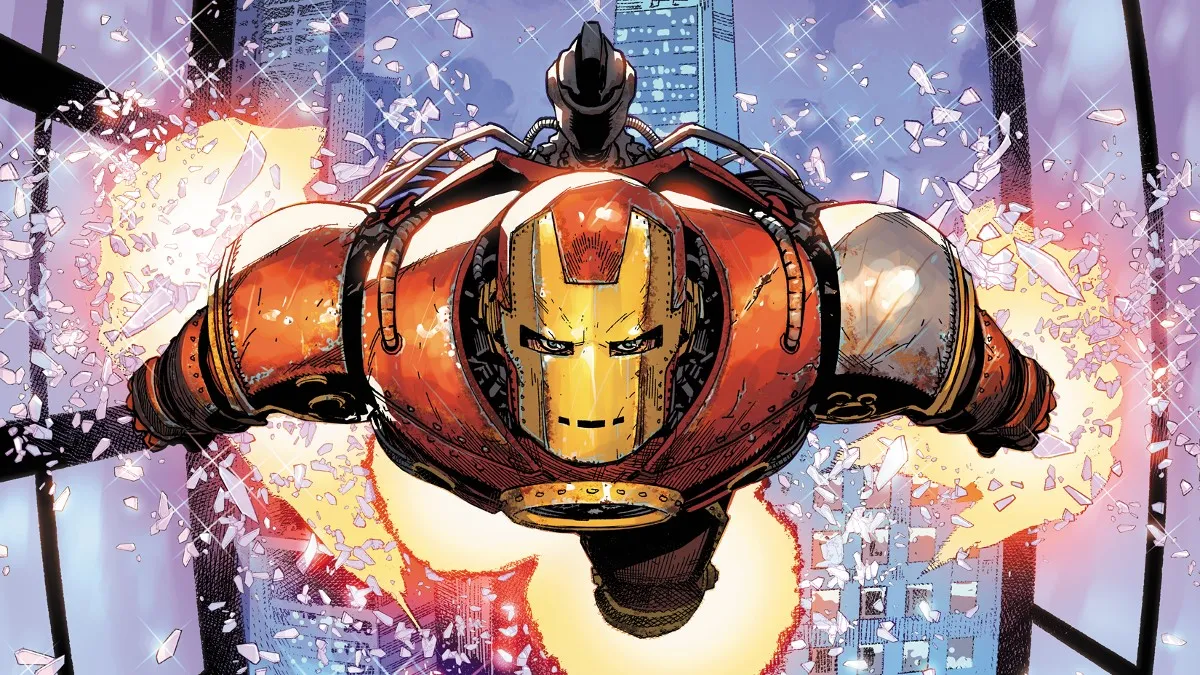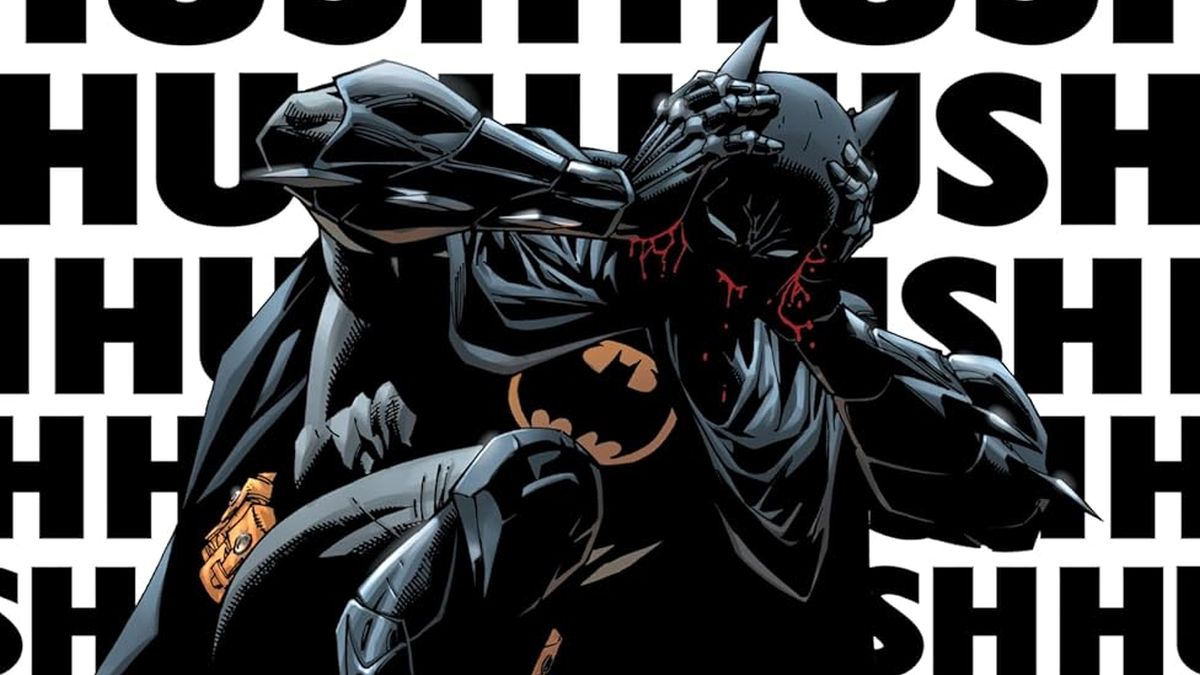The Silver Age of Comics, generally considered to have lasted from the mid-1950s to the early 1970s, was a period of revitalization and innovation in the comic book industry. This era saw the re-emergence of superhero comics, the introduction of new and lasting characters, and significant contributions from key writers and artists. The cultural impact of the Silver Age was profound, laying the groundwork for the modern comic book landscape and influencing broader pop culture.

Origins and Notable First Appearances
The Silver Age is often marked by the publication of Showcase #4 in October 1956, which introduced a new version of the Flash, Barry Allen, created by writer Robert Kanigher and artist Carmine Infantino. This new Flash marked a departure from the Golden Age heroes, featuring a more scientifically plausible origin and a streamlined costume, which resonated with contemporary audiences.
Following this revival, many other iconic superheroes made their first appearances or were reintroduced:
Green Lantern (Hal Jordan): Debuted in Showcase #22 in 1959, created by John Broome and Gil Kane. This new Green Lantern was a test pilot who received his power ring from a dying alien, marking a shift towards more science fiction-inspired storytelling.
The Fantastic Four: Introduced in Fantastic Four #1 in November 1961, created by Stan Lee and Jack Kirby. This team, consisting of Mr. Fantastic, the Invisible Woman, the Human Torch, and the Thing, brought a new level of realism and complexity to superhero teams, emphasizing their interpersonal dynamics and struggles.
Spider-Man: First appeared in Amazing Fantasy #15 in August 1962, created by Stan Lee and Steve Ditko. Peter Parker, a teenager dealing with typical adolescent issues while also battling supervillains, became one of the most relatable and enduring superheroes.
The X-Men: Debuted in X-Men #1 in September 1963, created by Stan Lee and Jack Kirby. This team of mutants, born with extraordinary abilities, addressed themes of prejudice and social justice, reflecting the social upheavals of the 1960s.

Major Comic Book Companies
The Silver Age was dominated by two major comic book companies that defined the superhero genre:
DC Comics: Building on its Golden Age successes, DC Comics revitalized many of its characters and introduced new ones. The Justice League of America, which first appeared in The Brave and the Bold #28 in 1960, brought together DC’s greatest heroes, setting a precedent for team-up books.
Marvel Comics: Formerly Timely Publications, Marvel Comics, under the guidance of Stan Lee, Jack Kirby, Steve Ditko, and others, revolutionized the industry with its focus on character development and interconnected storytelling. Marvel introduced flawed, human heroes who dealt with real-world issues, a stark contrast to the more idealized heroes of the past.

Key Writers and Artists
The Silver Age was a period of remarkable creativity and innovation, with numerous writers and artists making significant contributions:
Stan Lee: As a writer and editor at Marvel Comics, Lee co-created many of the company’s most iconic characters, including Spider-Man, the X-Men, the Fantastic Four, Iron Man, Thor, and the Hulk. His focus on character-driven stories and relatable heroes helped redefine the superhero genre.
Jack Kirby: Known as the “King of Comics,” Kirby co-created many of Marvel’s most popular characters alongside Stan Lee. His dynamic art style and inventive designs set a new standard for comic book art.
Steve Ditko: Co-creator of Spider-Man and Doctor Strange, Ditko’s unique art style and storytelling sensibilities brought a distinct visual and thematic depth to his work.
Carmine Infantino: As an artist and later editorial director at DC Comics, Infantino played a crucial role in the Silver Age revival, particularly with his work on the Flash and Batman.

The Silver Age of Comics had a profound impact on both the comic book industry and broader popular culture. This period saw superheroes become more complex and human, dealing with personal issues, ethical dilemmas, and social problems. The introduction of characters like Spider-Man, who balanced superheroics with everyday struggles, resonated deeply with readers.
The Silver Age also reflected and influenced the social changes of the time. The X-Men, for example, were often seen as an allegory for the Civil Rights Movement, with their struggles against prejudice and discrimination mirroring real-world issues. The stories told during this era often tackled themes of justice, responsibility, and the consequences of power.
The innovations of the Silver Age laid the groundwork for the modern comic book industry. The interconnected Marvel Universe, where characters regularly crossed over into each other’s stories, set a new standard for continuity and storytelling. This approach has been emulated by subsequent publishers and has become a cornerstone of the superhero genre.
The Silver Age of Comics was a period of revitalization and innovation that redefined the superhero genre and left a lasting legacy on the comic book industry. The work of writers and artists during this time introduced characters and concepts that remain central to popular culture today. From the rebirth of the Flash to the debut of Spider-Man and the X-Men, the Silver Age set the stage for the modern comic book landscape, proving that superheroes could be both extraordinary and profoundly human. The influence of this era continues to be felt in comics, movies, television, and beyond, cementing its place as a pivotal chapter in the history of comic books.




